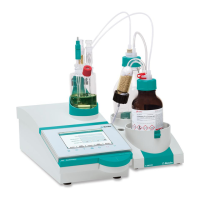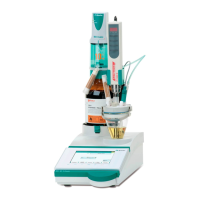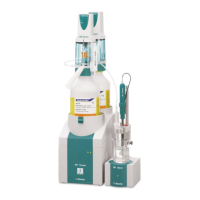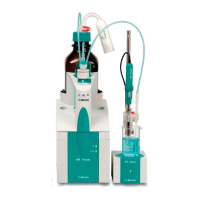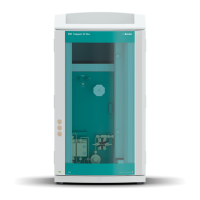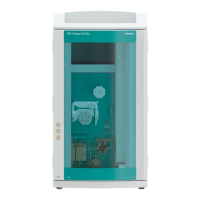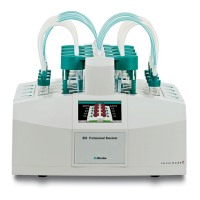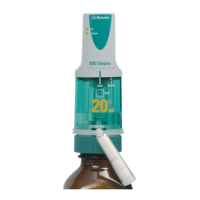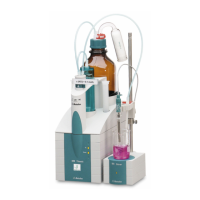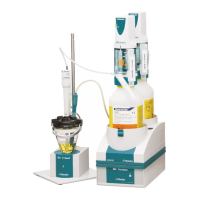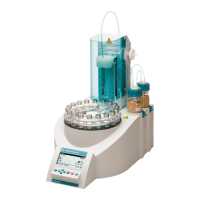31.9 Arithmetic algorithms in the Coulometer
■■■■■■■■■■■■■■■■■■■■■■
312
■■■■■■■■
917 Coulometer
6
Starting the update (control instruments)
■ Tap on the [Start] button (NOT on the [ ] fixed key).
If Result = No errors is displayed, then the update has been suc-
cessful.
■ Switch the 917 Coulometer off and then back on again.
31.8.7 Service
System ▶ Diagnosis ▶ Service
Access to the service functions is password-protected and only accessible
to Metrohm service technicians. We recommend that you have mainte-
nance performed on the system regularly by the Metrohm Service Depart-
ment. You can automatically monitor the time interval after which the
next service visit is due (see chapter 12.5.1, page 104).
31.9 Arithmetic algorithms in the Coulometer
Some of the algorithms and numerical formats used in the device software
are explained in this chapter.
Numerical format
All floating point calculations use the IEEE 754 (1985) numerical format,
either in "single precision" (32 Bit) or "double precision" (64 Bit).
Rounding off process
Measured values and results are rounded to the defined number of deci-
mal places (commercial rounding, in accordance with the US Pharmaco-
peia USP). If the digit at the first dropped decimal place is 1, 2, 3 or 4,
then it will be rounded off; if this digit is 5, 6, 7, 8 or 9, then it will be
rounded up. Negative digits will be rounded in accordance with their
amount, i.e. away from zero.
Examples:
2.33 yields 2.3
2.35 yields 2.4
2.47 yields 2.5
–2.38 yields –2.4
–2.45 yields –2.5
Statistics
The arithmetic mean value and the absolute and relative standard devia-
tions of results R, endpoints EP and variable C are calculated:
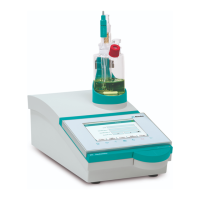
